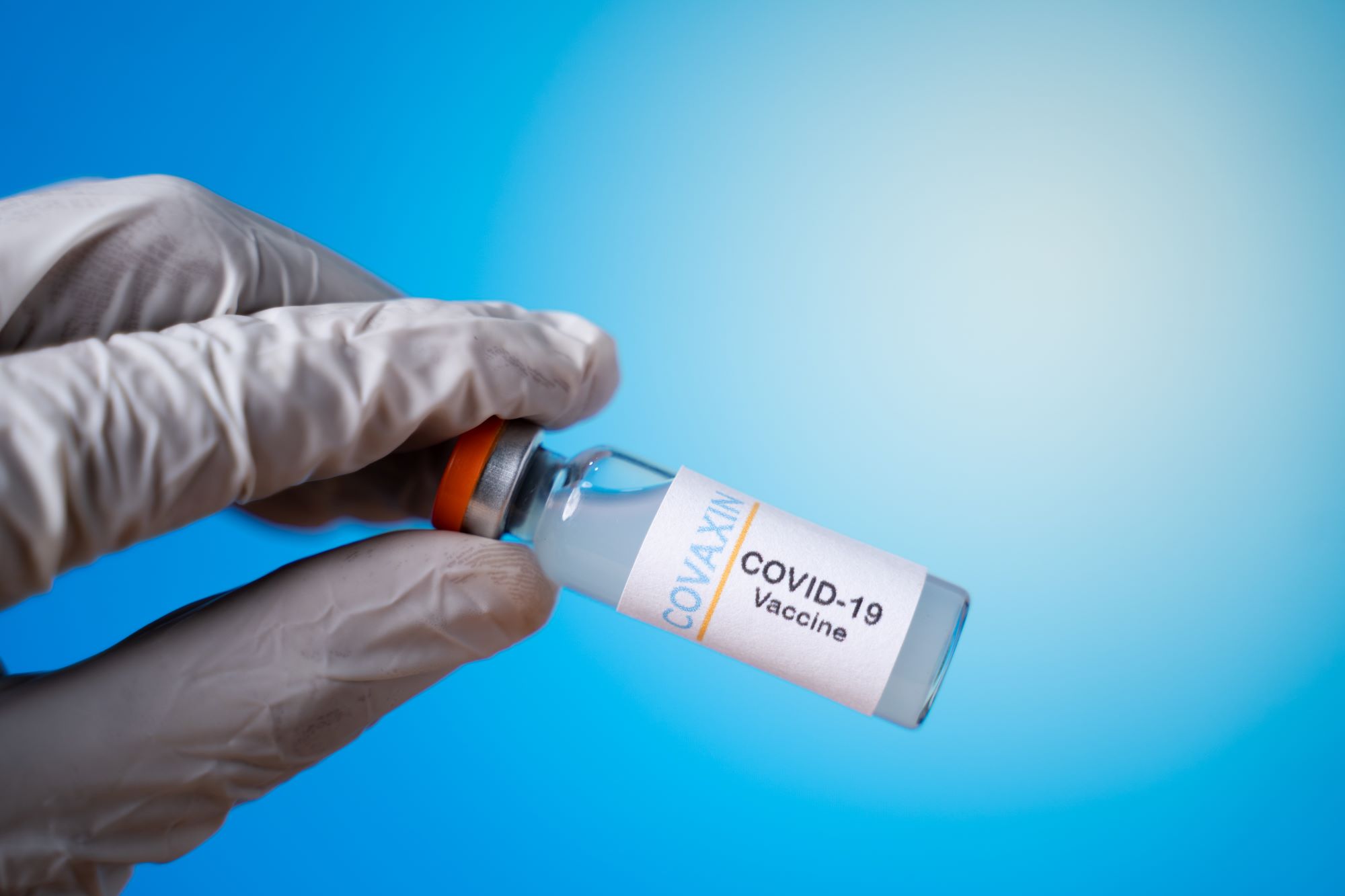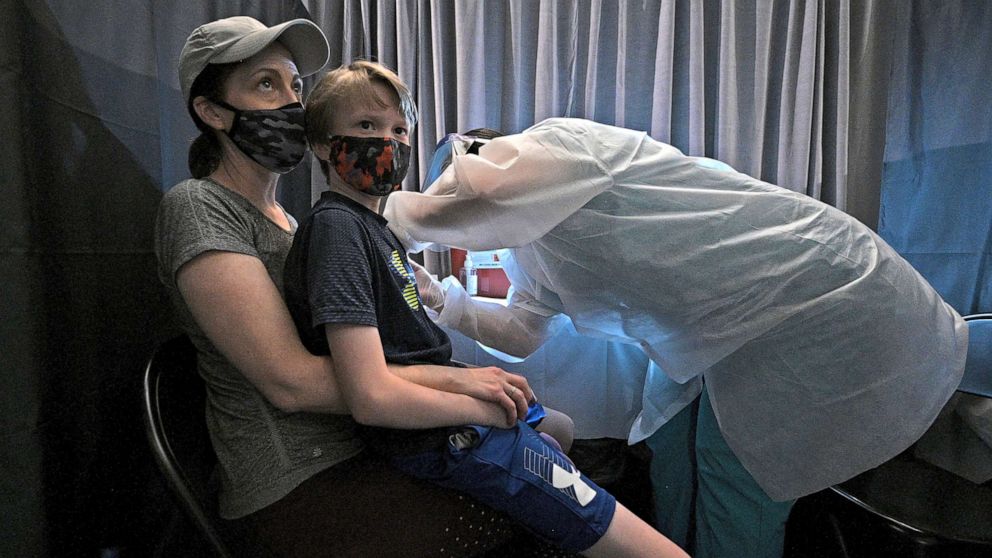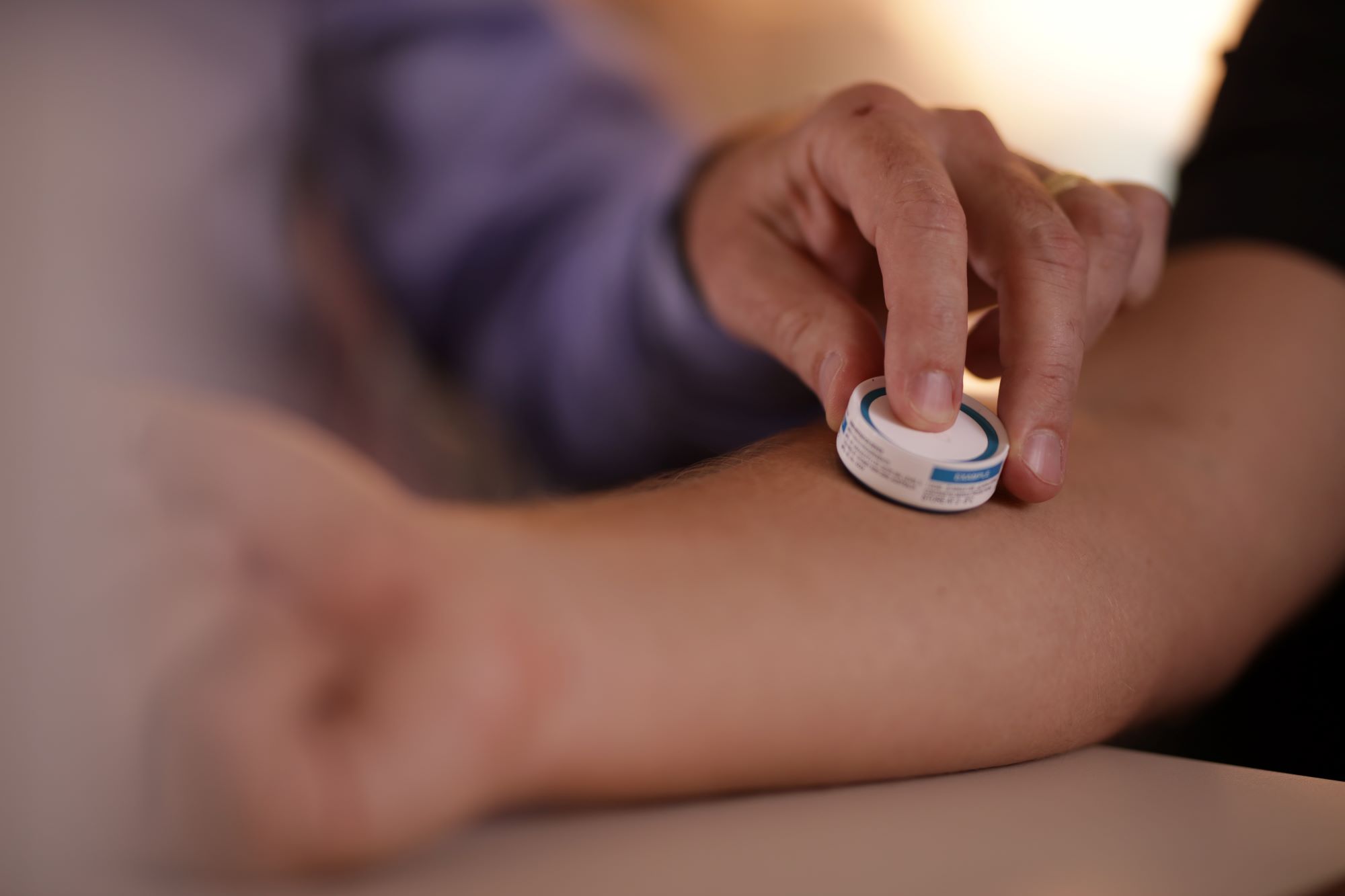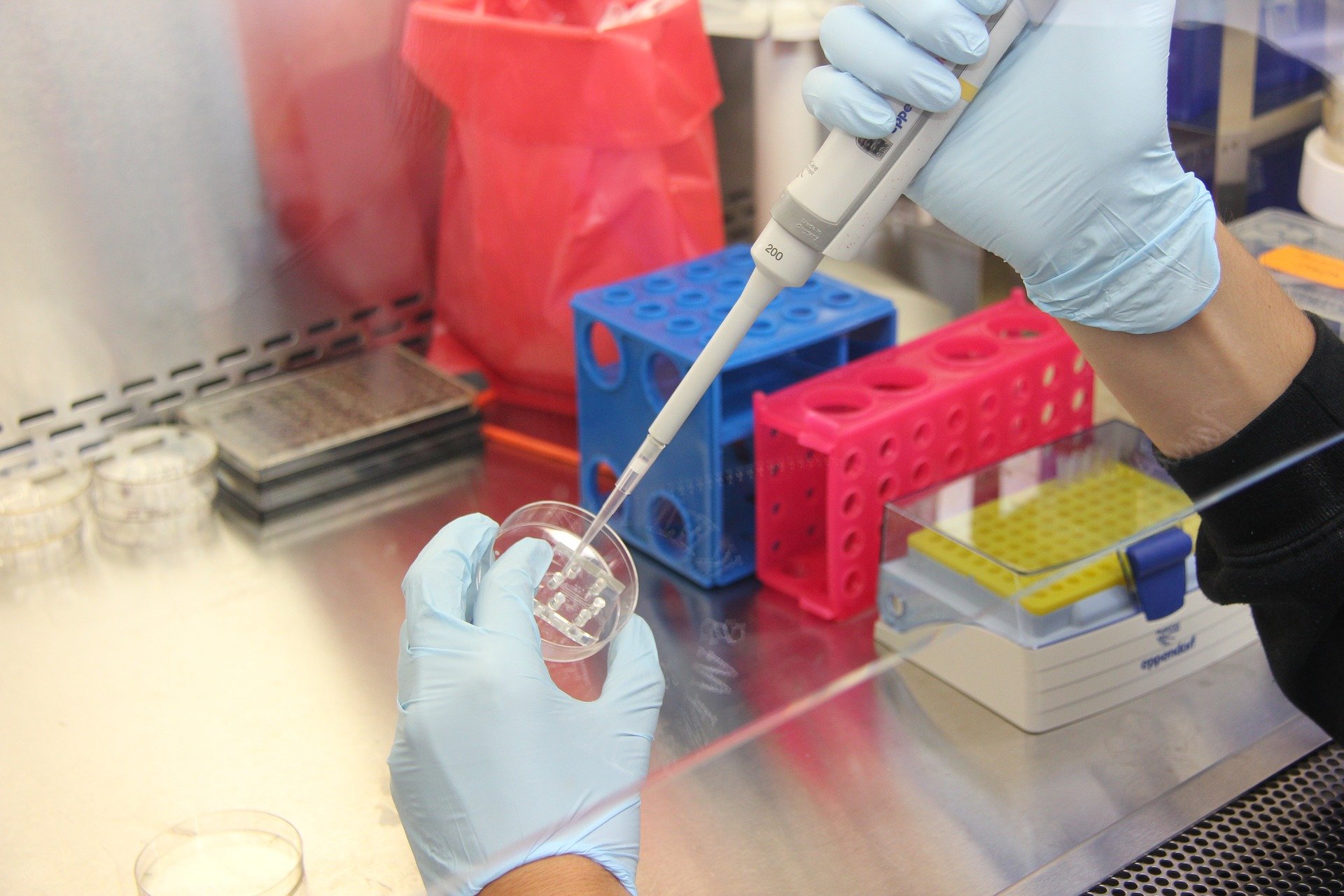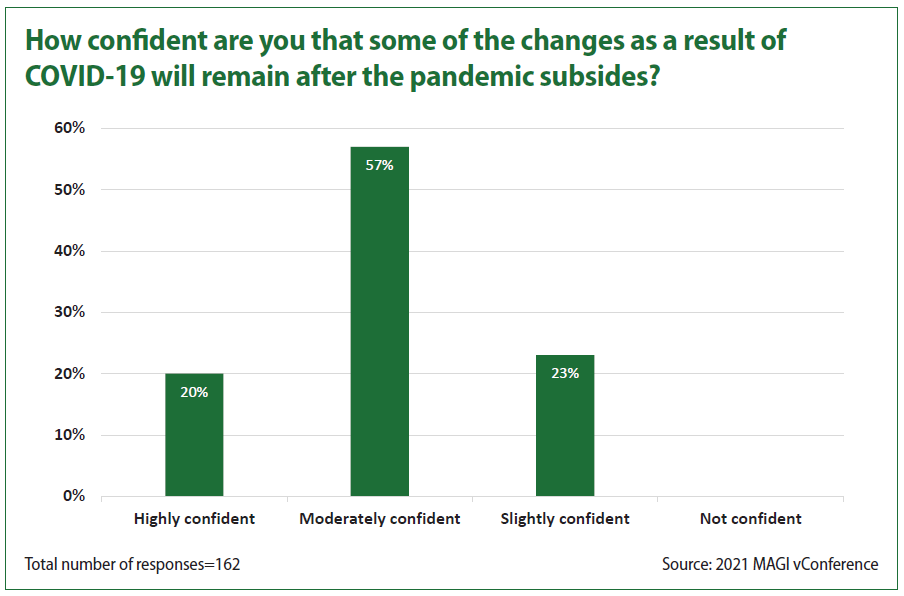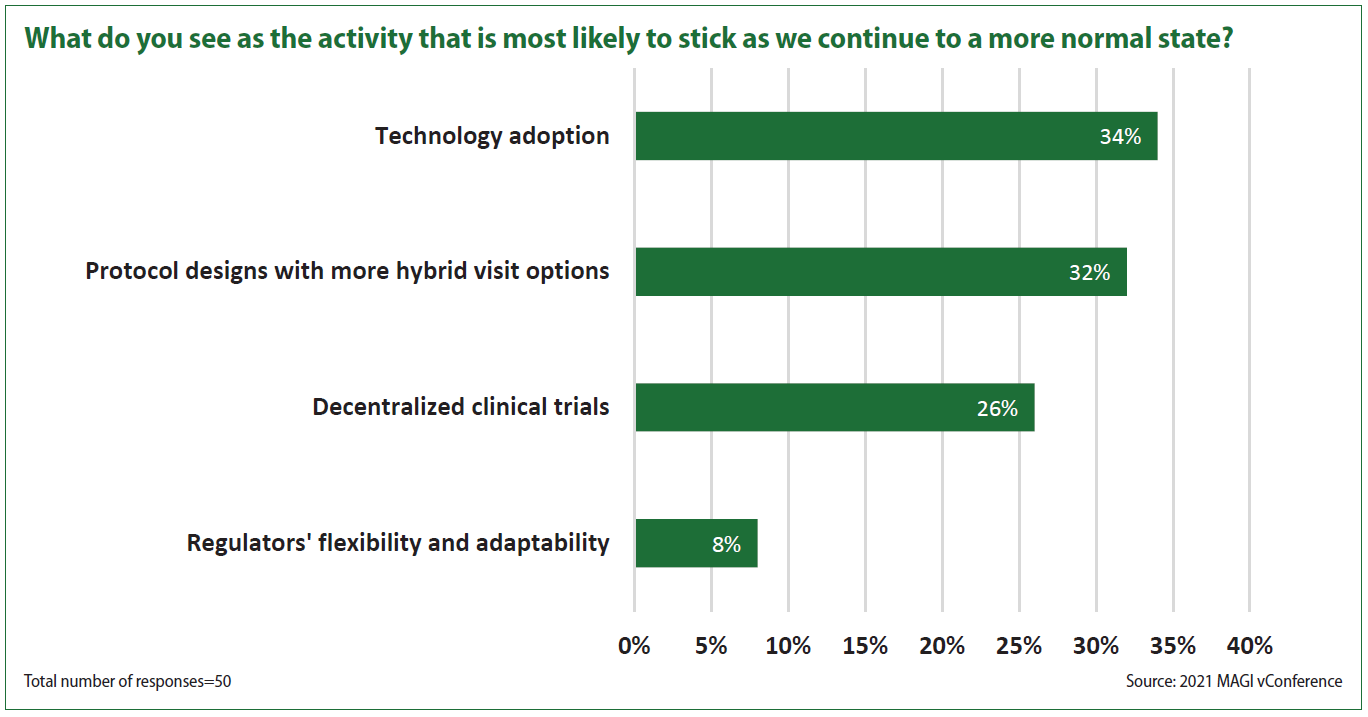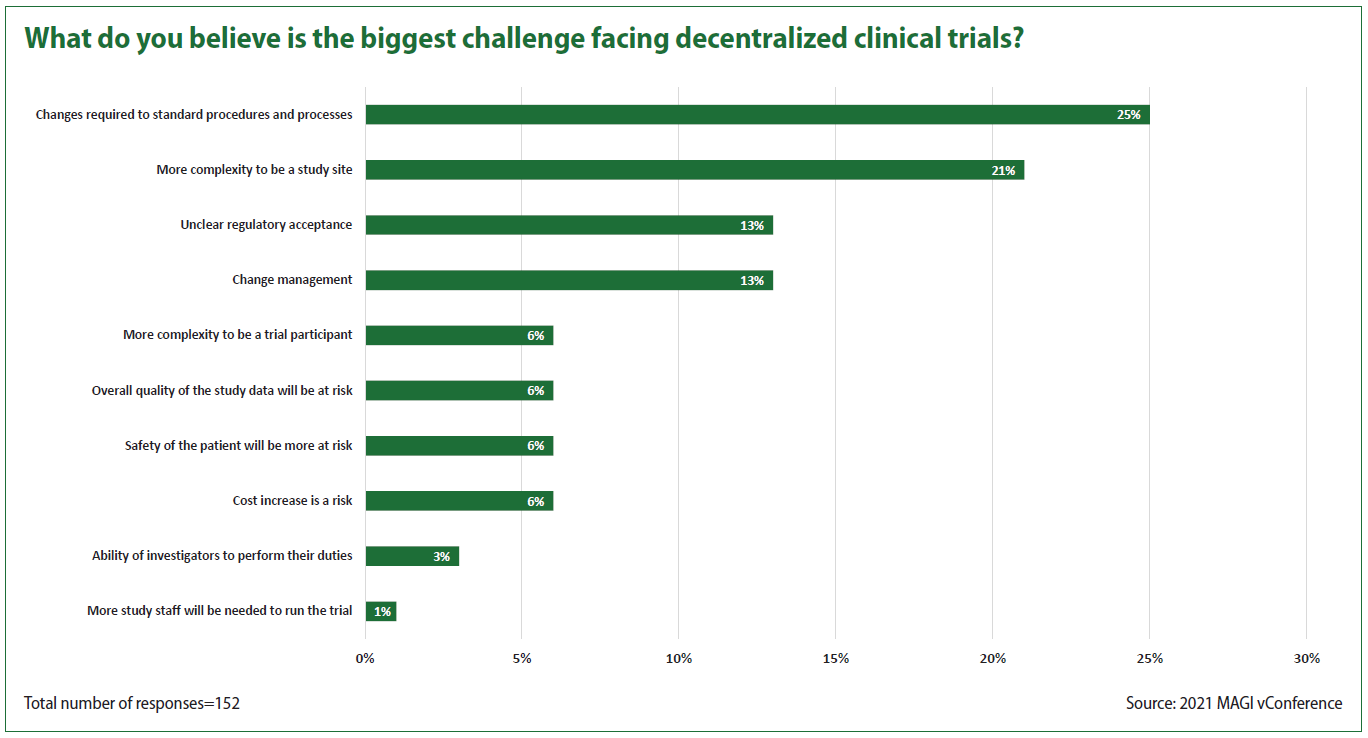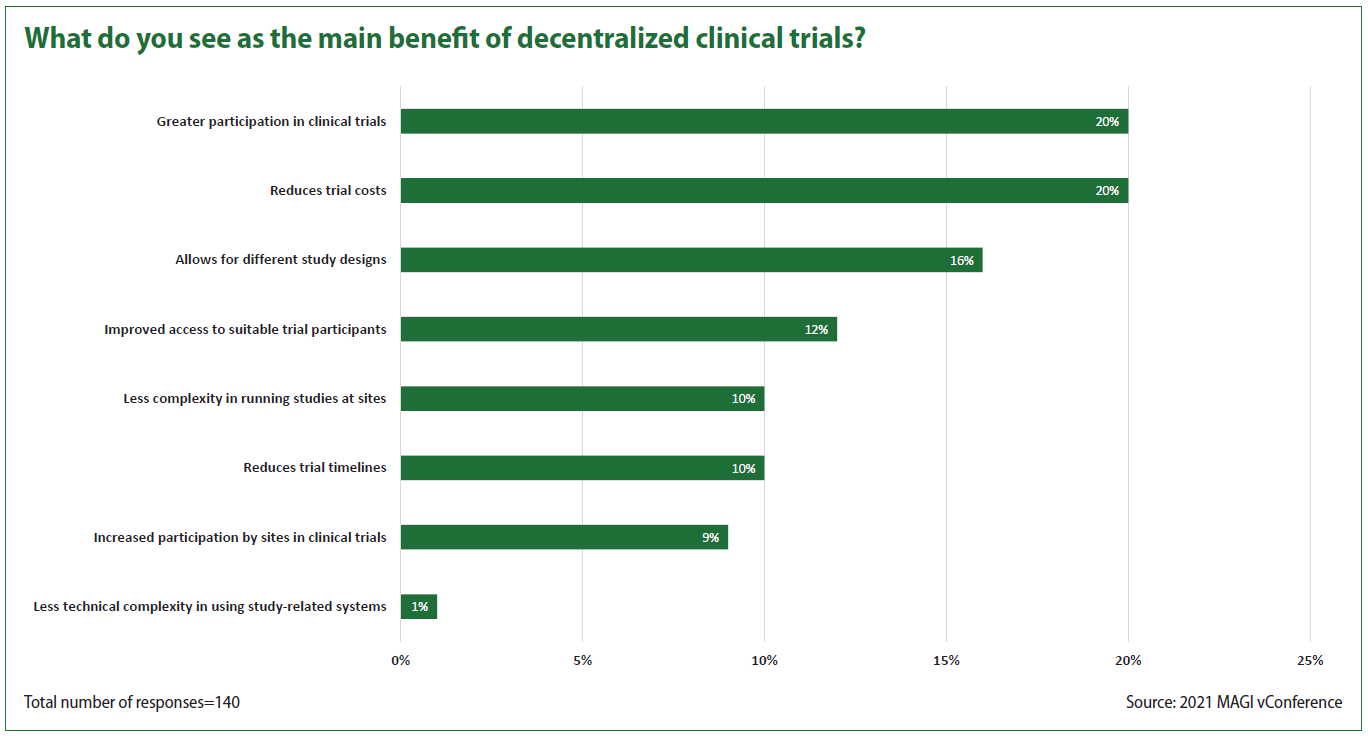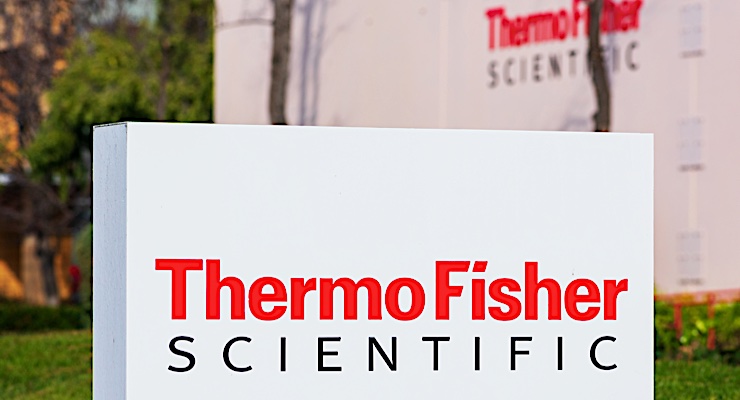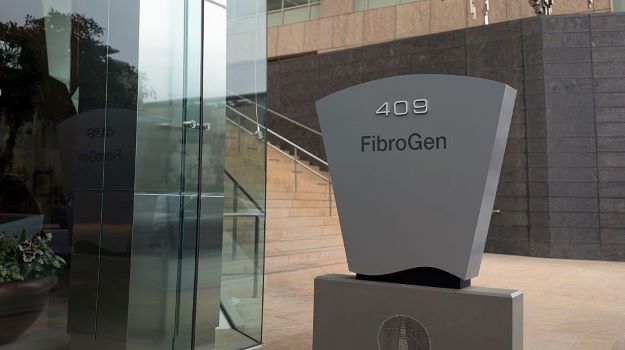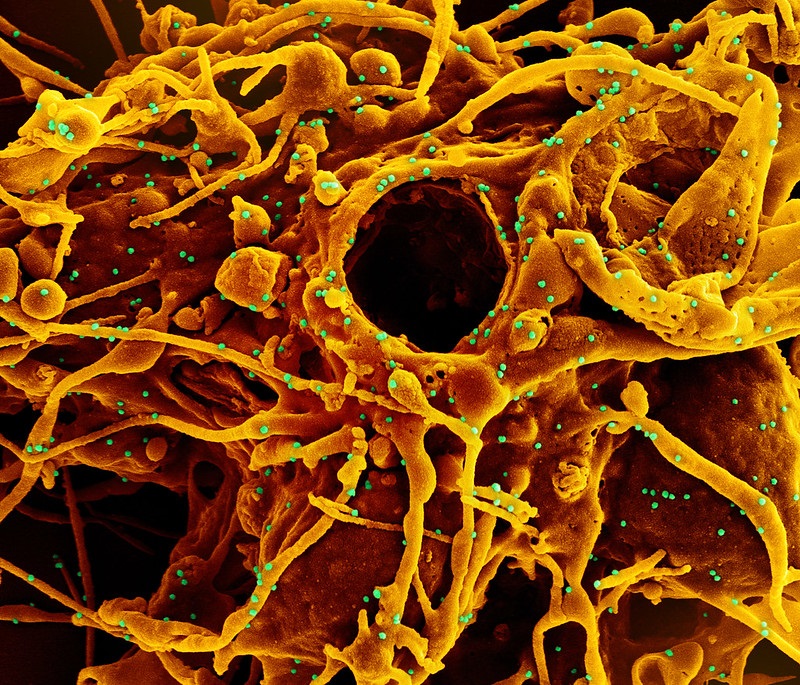OnQuality’s chief medical officer and co-founder Hong Tang discusses the firm’s pipeline of cancer supportive care drugs.
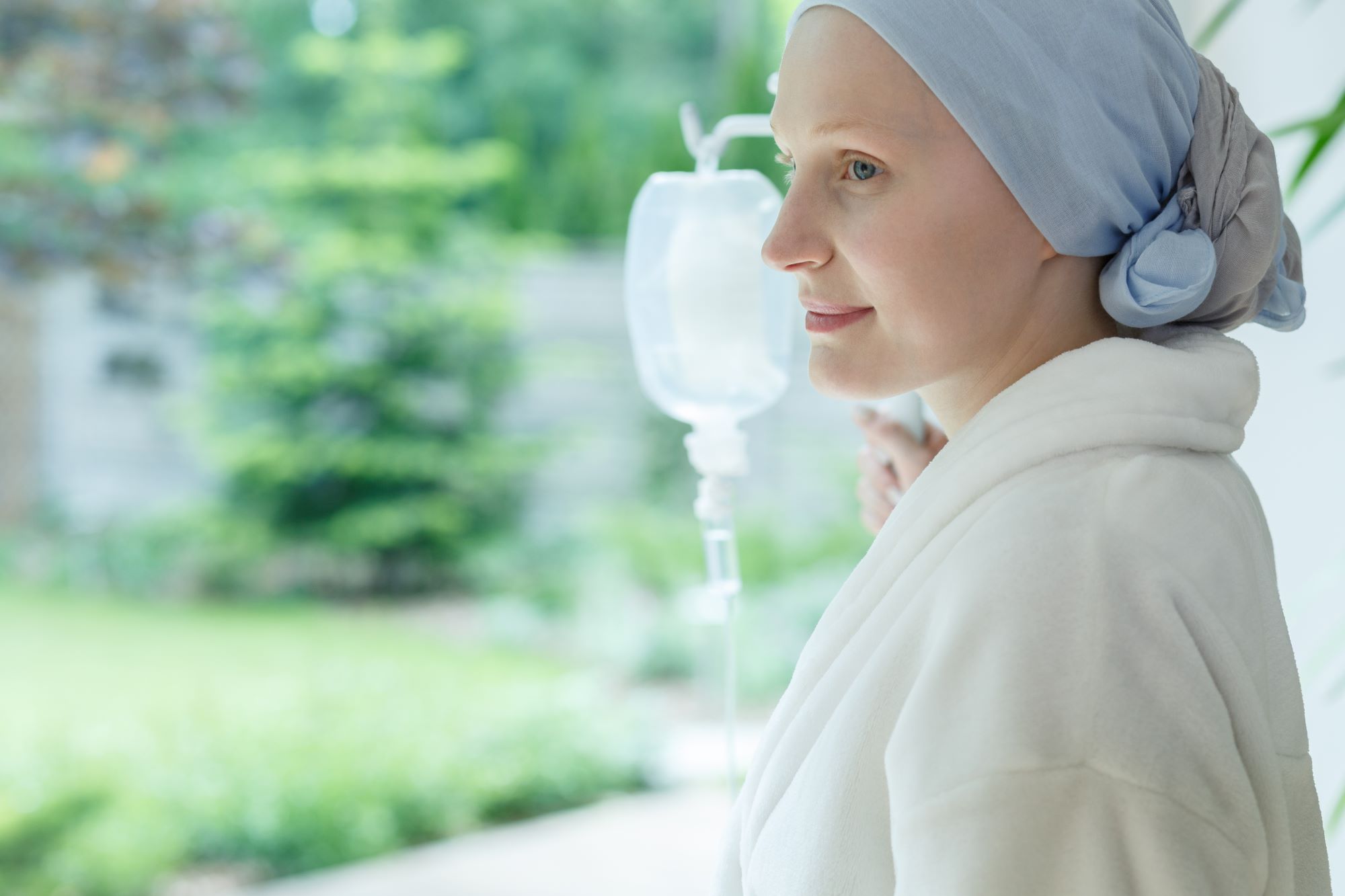
The oncology space is one of the largest hotbeds for drug development and innovation, and in the past few decades, a spate of new and effective cancer therapies have come to market.
While these treatments are often extremely powerful and can be life-saving, they aren’t without their downsides. Many of them cause adverse reactions and side effects that are very hard on the patients already battling cancer.
Some of these side-effects are so severe that certain patients cannot tolerate them, leading to them reducing the dose or halting treatment altogether.
Unfortunately, innovation in cancer supportive care doesn’t measure up to the innovation in cancer drug development. There are very few approved drugs available for the myriad side effects experienced by cancer patients in treatment, some of which occur in around 50% of patients.
One company dedicated to relieving these symptoms and improving cancer patients’ quality of life is OnQuality Pharmaceuticals, a start-up established in 2019 with a presence in both the US and China. The firmhas five cancer supportive care drugs in its pipeline, one of which is already in Phase II clinical trials.
Clinical Trials Arena sat down with OnQuality’s chief medical officer and co-founder Hong Tang to find out more about its lead candidate, OQL011, and the other treatments it is developing for various cancer drug side effects with a large unmet need.
Hong Tang: At OnQuality we chose to focus on cancer supportive care drug development, as it is an area that has really lagged compared to cancer drug development. We have seen a lot of new innovative therapies developed in the past ten to 15 years for cancer, such as targeted therapy, immunotherapy and biologics, however, supportive care has not been developed as much or hasn’t been paid attention to. We not only want the patient to fight cancer, but at the same time, we want to take care of them while they are fighting it.
Our lead compound OQL011 is in the oncodermatology space. It’s a topical treatment for moderate to severe hand-foot skin reaction (HFSR), a common side-effect for patients treated with vascular endothelial growth factor receptor (VEGFR) inhibitors used for various kinds of cancer including kidney cancer, liver cancer and thyroid cancer.
With HFSR, the hands and feet develop, rashes, peeling, swelling or even blistering which can be very painful and sometimes patients have to stop the treatment as a result. Treatment options are very limited and there are no regulatory approved drugs in the space. Often physicians have to prescribe moisturiser, urea cream or even topical steroids, but there is no definitive evidence that those would work.
OQL011 is developed with the mechanism of the cancer drug in mind, meaning that we specifically target the drug mechanism to try to overcome its effect on the hands and feet and at the same time preserve the anti-cancer effect. That is why we focused on making it a topical treatment, so it wouldn’t interfere with the anti-cancer treatment.
KP: Can you give us some details on the Phase II trial of the candidate? How is it going?
HT: Currently, OQL011 is in a Phase II double-blind, placebo-controlled multicentre study in the US. Enrolment should be finished by the end of summer. OQL011 was eligible for the US Food and Drug Administration (FDA) 505(b)(2) regulatory pathway for existing or repurposed drugs, so we could go straight to Phase II and skip earlier clinical phases as the safety is already well known. Hopefully, this means we can shorten the development journey and get the treatment to patients faster.
The study is ongoing in 15 sites. These include top academic centres such as Memorial Sloan Kettering Cancer Center, MD Anderson Cancer Center, Northwestern and Yale University and the Dana Farber Cancer Institute, as well as community centres such as the Innovative Clinical Research Institute and Montefiore Einstein Center for Cancer Care in The Bronx.
We try to have a combination of academic and community centres so that we reach a varied geographic patient population.
KP: What are some of the other most difficult side-effects cancer patients in treatment face with an unmet need?
HT: Before targeted therapy we had chemotherapy. Most people know the side effects of chemotherapy – nausea, vomiting, diarrhoea, even hair loss or low blood count. With targeted therapy, people somehow thought there might be fewer side effects, but in reality, there are just different side effects that are very common and include mouth ulcers, rashes and diarrhoea.
Because the mechanisms are different, the treatments are often different from the agents approved for cancer chemotherapy. For example, we have diarrhoea medication for chemotherapy-induced diarrhoea, however, the targeted therapy-induced diarrhoea does not respond to those anti-diarrhoea drugs well. This means that there is an unmet need there for patients on those therapies.
KP: What are the cancer therapy-induced dose-limiting toxicities where treatment gaps exist that you have identified?
HT: There are two main toxicities that we have identified. One is skin toxicity. There are now some centres that have doctors focused on diagnosis and management of skin toxicity in cancer patients relating to cancer treatment – it’s a new discipline called oncodermatology.
The other main area is gastrointestinal (GI) toxicity, so that’s mainly oral and intestinal mucositis, diarrhoea, mouth ulcers and rash. GI toxicity not only comes from targeted therapy but also immunotherapy. Work done in this area is what we call oncogastroenterology.
KP: What is the market opportunity to address a highly unmet medical need such as side effects suffered by patients on anti-cancer treatment?
HT: Well, I hope good medicine is good for the market. Speaking from the medical point of view, first of all, there are no approved drugs in this area. The reality is that patients who cannot tolerate the side effects of a cancer therapy have to switch to another treatment, lower the dose or stop the treatment altogether. So, I feel the medical need is tremendous in that area.
We don’t want a patient to run out of cancer therapy options and there are limited therapies available, so we want to provide treatments to mitigate the side effects so patients can stay on cancer therapy. In our trial, we ask patients to stay on the cancer therapy while treating the side effects.
KP: OnQuality recently announced the closing of its Series A+ financing round bringing the total raised to$35 million – how do you plan to use these funds?
HT: Mainly for the development and advancement of our lead candidate OQL011 and for our other candidates further down the pipeline.
We have two other compounds in oncodermatology. OQL033 is for chemotherapy induced-hand foot syndrome. We completed pre-IND with the FDA for this candidate last year. The other is OQL023 for epidermal growth factor receptor (EGFR) inhibitor-induced rash which mainly occurs on the face, upper chest and upper back. Being so visible this side-effect is very bothersome to patients, so we’d like to rapidly move forward with the drug development of that candidate too.
We also have two other candidates in the discovery phase both in the oncogastroenterology space – OQL041 for EGFR inhibitor-induced diarrhoea and OQL051 for chemotherapy-induced diarrhoea.
We also are looking into ways to prevent hair loss, as right now there is no specific FDA approved drug for the prevention of chemotherapy-induced alopecia. If we could come up with a medication or topical treatment for that, we could prevent cancer patients from having to go through the emotional turmoil of losing their hair.

